Water is one of our most precious resources, and managing it effectively is essential for both environmental and economic reasons. However, when it comes to water leaks within your household, the consequences go beyond just wasted resources; they can lead to significant financial expenses and even health risks. In this blog, we will explore the importance of leak detection and the best practices for preventing and addressing water leaks, especially through top Plumbing Services in Dana Point.
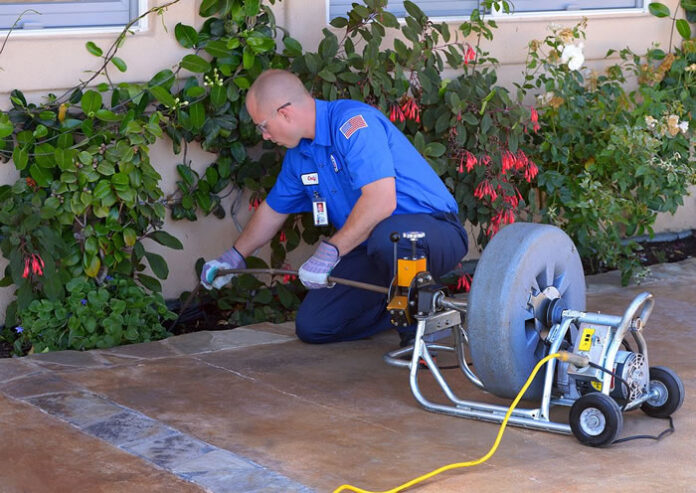
Leak Detection Dana Point: The Importance of Early Detection
Dana Point, CA, is a beautiful coastal community known for its picturesque landscapes and stunning ocean views. However, even in this idyllic setting, water leaks can wreak havoc on your property. That’s why it’s crucial to prioritize leak detection Dana Point. When it comes to water leaks, early detection is the key to avoiding costly damage and repairs.
A dripping faucet or a slow pipe leak may initially seem inconsequential. Still, these small leaks can quickly accumulate into significant water wastage and result in expensive problems for your household. Furthermore, excess moisture can lead to the destruction of furniture, carpeting, walls, and more, necessitating costly water damage repairs. The risks don’t end there; hidden water can foster mold, mildew, and bacteria growth, which can pose health hazards for your family.
Best Leak Detection Near Dana Point: Identifying the Culprits
Water damage can be particularly devastating, not only in residential settings but also in businesses. When it strikes a place of business, it can lead to significant financial losses and operational disruptions. Identifying the source of the leak and taking proactive measures to prevent water damage is essential for both homeowners and business owners.
Here are some common sources of water leakage that you should be aware of:
- Toilets: Toilets are notorious for leaking, with estimates suggesting that one in five toilets may have a leak. Fortunately, detecting a toilet leak is relatively straightforward. You can do a simple test by adding food coloring to the tank and checking if it appears in the bowl within 10 minutes. Additionally, unusual sounds from the toilet valve, such as hissing or gurgling, can be indicative of a larger leak.
- Faucets: Even a slow drip from a faucet or showerhead can be a significant waste of water. According to the EPA, one drip per second can waste over 3,000 gallons of water per year. If you notice decreased water pressure, it may be a sign of a faucet leak.
- Appliances: Household appliances like water heaters, washing machines, dishwashers, refrigerators, and air conditioning units can all be sources of water damage. The age of these appliances can be a crucial factor. Over time, appliances that produce condensation may rust, increasing the likelihood of a leak.
- Pipes and Drains: Plumbing systems are common sources of leaks, whether due to clogs, stoppages, or the degradation of pipe joints. Additionally, pipes can freeze in cold weather, leading to burst pipes and extensive water damage.
- Roofing: Damaged or deteriorated roofing materials, ice dams, and inadequate attic insulation can allow water to penetrate through the roof, causing damage to ceilings, walls, and floors.
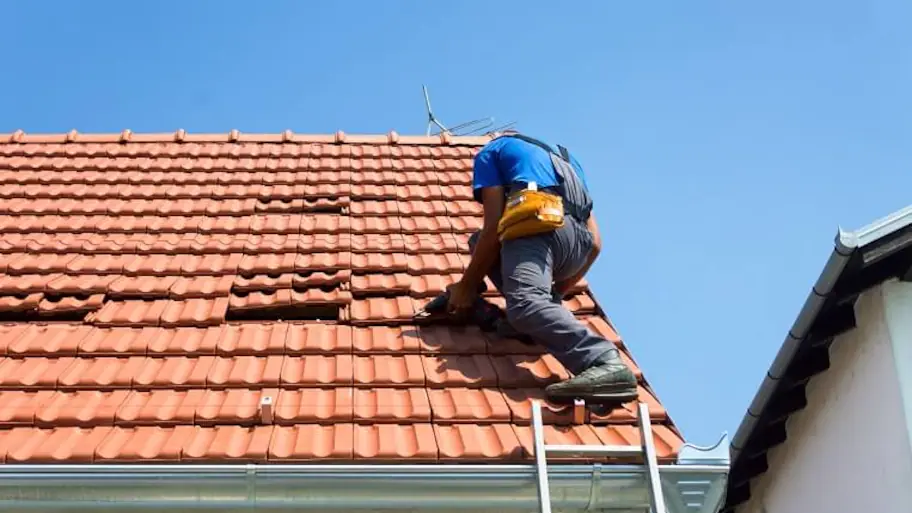
Leak Detection in Dana Point Area: How to Find Leaks
Detecting leaks in your home or business is crucial for taking prompt action and preventing further damage. Here are some methods you can employ:
- Check Your Water Bill: Review your water usage during the coldest months. If a household of four is using more than 12,000 gallons per month, there may be significant leaks.
- Contact Your Water Company: Inquire whether your utility provider offers a leak detection program that alerts homeowners to unusually high water usage. If available, learn how the system works to take appropriate action.
- Conduct a Meter Check: Record your water meter reading, turn off all water inside and outside your home for two hours, and check the meter again. If the reading increases, it’s likely there’s a leak.
Remember, early intervention is essential. Delaying addressing a leak can result in higher utility bills and costly restoration expenses.
Water Leak Detection: Preventing Water Leakage
Now that you understand the importance of early detection, let’s explore preventative measures you can take to minimize the risk of water leaks in your home.
Building Interior:
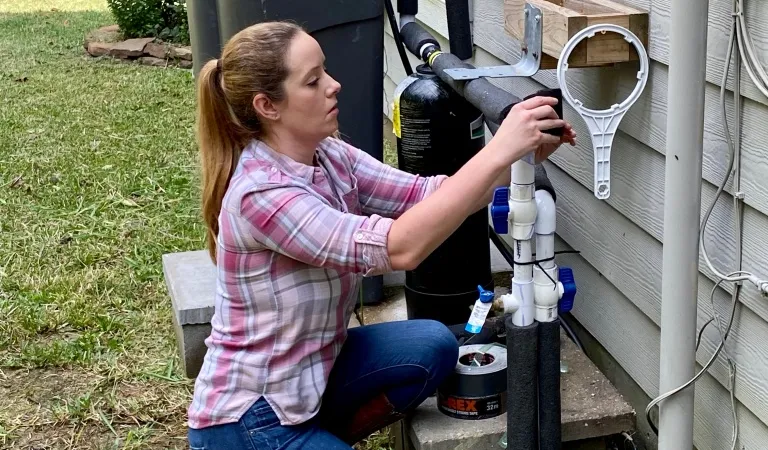
- Toilets: Replace worn or warped rubber flappers with bad seals. If that doesn’t resolve the issue, consult a plumber. Consider investing in a WaterSense-labeled toilet, which uses 20% less water than the federal standard.
- Faucets, Pipes, and Showerheads: Replace worn inside fittings and remove mineral buildup in faucets. Regularly inspect and maintain showerheads. During cold weather, let a trickle of water flow from both hot and cold faucets to prevent frozen pipes.
- Grout: Re-caulk and re-grout around sinks, showers, and tubs to prevent water from seeping into hidden areas.
- Washing Machines: Check and replace washing machine hoses every 3 to 5 years. Consider using stainless steel braided hoses for increased durability.
- Water Heaters: Drain your water heater once a year to remove sediment from the bottom of the tank. Inspect the unit for visible corrosion, leaks, or bulging.
- HVAC: Regular maintenance by a qualified HVAC contractor can keep air conditioner pan drain lines clear of deposits that could clog the line.
Building Exterior:
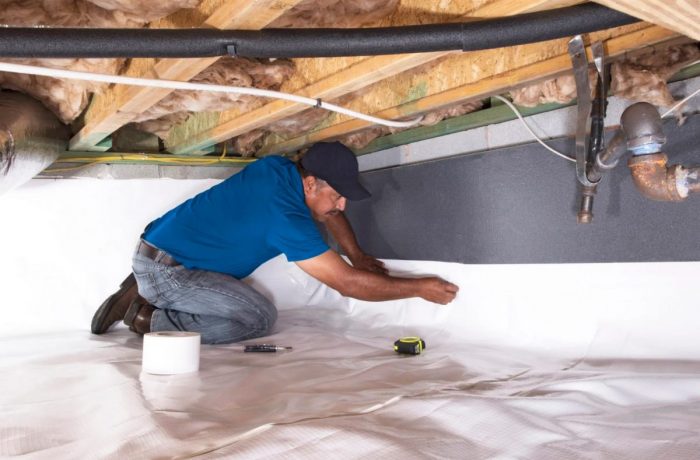
- Roofing: Hire a professional roofing contractor to promptly repair deteriorated or damaged roofing materials. Ensure adequate attic insulation and ventilation to reduce the risk of ice dams.
- Gutters and Downspouts: Keep them free of debris to allow water to drain freely. Downspouts should extend away from the building to carry water away from the foundation.
- Insulation: Check and maintain insulation in good condition, as it can impact efficiency. Consider adding or replacing insulation when necessary.
- Outdoor Hose Connections: In areas where freezing temperatures are a concern, remove hoses from hose bibbs in the fall and turn off the water supply to hose bibb connections.
Hardware for Leak Prevention:
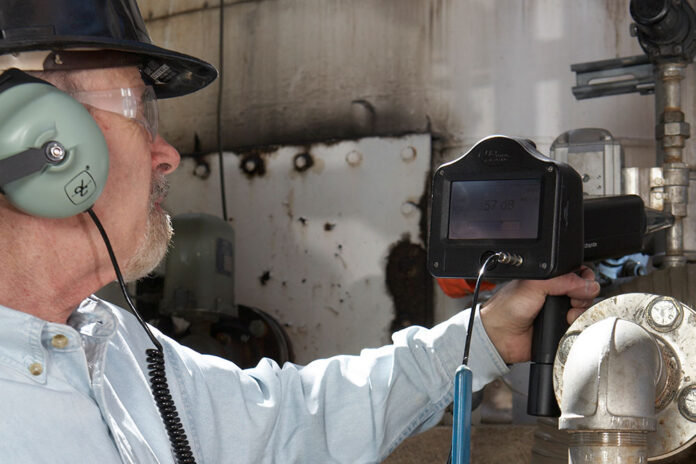
Consider installing a commercial water leak detection system for added protection:
- Active Leak Detection Systems: These systems can generate alarms and stop the water flow. They typically use moisture sensors to detect leaks.
- Passive Leak Detection Systems: Often called ‘water alarms,’ these systems alert you to possible water leaks, sounding an alarm when a small amount of water is detected.
In areas with varying water pressure, a water pressure regulator can help reduce strain on fixtures and appliances.
Final Words
In conclusion, effective management of water leaks in your household is crucial for conserving resources, preventing costly damage, and ensuring the health and safety of your family. By being proactive in leak detection and implementing preventive measures, you can safeguard your home and reduce the risk of water damage. If you’re in the Dana Point area, consider the best leak detection near Dana Point to assist you in maintaining a leak-free, safe, and efficient home or business. Water leak detection is not just a responsibility but a wise investment in protecting your property and the environment.


![Calgary’s Hottest Neighborhoods for Luxury Homebuyers [2024]](https://thewashingtonote.com/wp-content/uploads/2024/04/Calgary-218x150.png)






